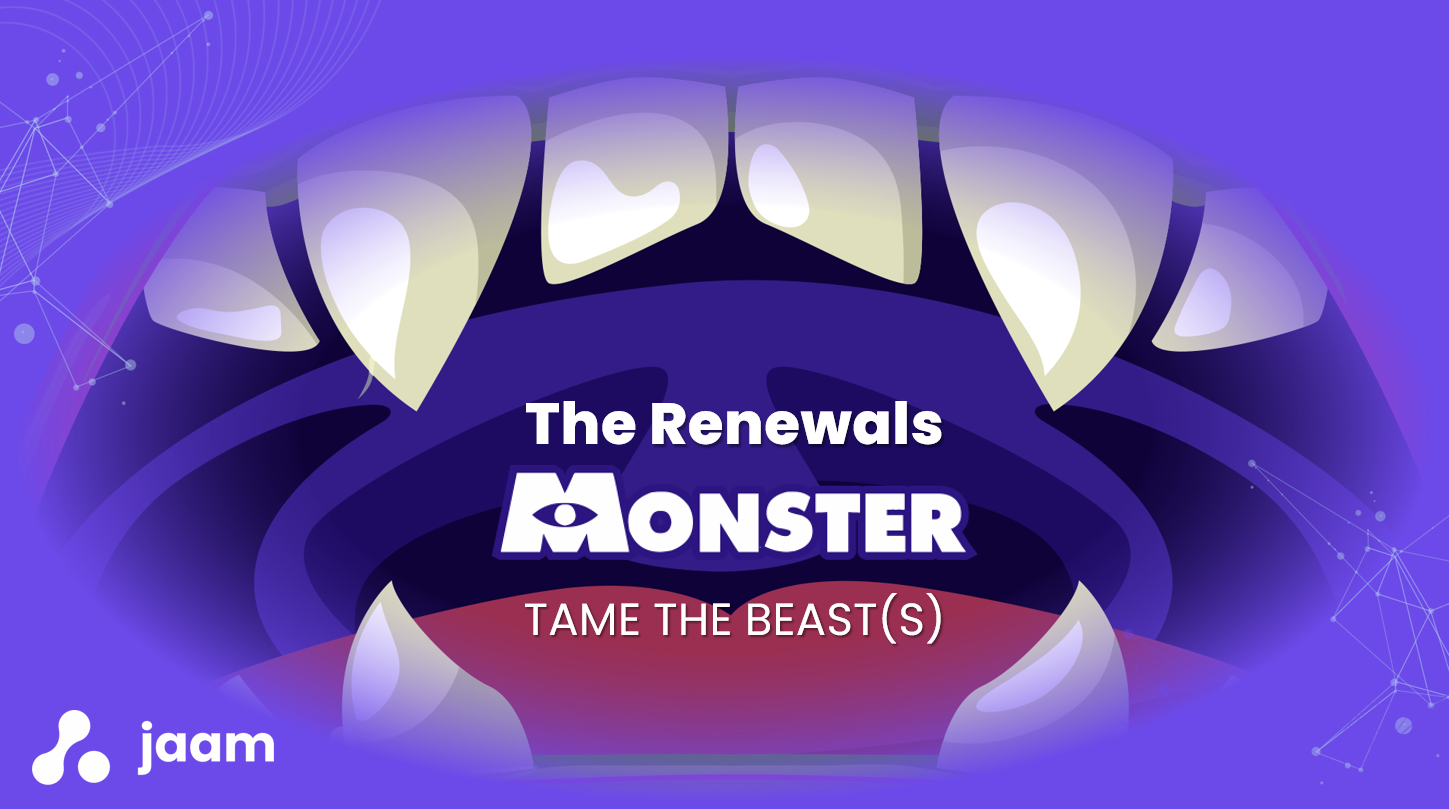I am going to admit that until a couple of years ago, I really didn’t like chatbots. It wasn’t that I was neutral towards them. I actually disliked them. I’d get annoyed with those popups in the bottom right-hand corner of website trying to get you to interact with them on every page, every now and then expanding across the screen asking if they could help. In what seemed like a personal attack they would antagonise me even further by being called normal human names like Bob and have a generic stock photo as an avatar just to make them seem a little more lifelike. They were designed in such a way on the surface to try and lull you into thinking you were about to have an intelligent conversation with someone to quickly get to the information you were really needing. But 9 times out of 10 the experience would be one of utter frustration.
Ask it a simple question and it would fall over, not understanding a simple request. Instead, the intelligence they possessed would be to list pages on the website that contain those key words. A glorified google search if you like, wrapped in a shiny bot wrapper. To be honest, the worst offenders were the ones who just wanted your email and some contact details which simply replaced a contact form with a more jovial tone offering no benefit that trying to show that your organisation was being forward thinking by having a pet chatbot on your website.
However, one day, my perspective changed. I met someone. Someone special. Someone with whom I had conversation with, who listened to my issues, and resolved them. Right there and then. But also, someone who was not real, at least, wasn’t human. It understood me, it guided me through the process of updating my account details with my bank, it verified who I was, gave me all the options I needed according to my context, and resolved my query. I’d met my first bona fide chatbot.
After this experience I realised that there was more to this chatbot scene than I had first encountered. In fact, I realised that most of the chatbots I had experienced before were nothing of the sort, they were frauds. Badly implemented to achieve no real automation purpose other than to try and seem relevant to an onlooking world.
You see, to really be worthy of being called a chatbot, they really need to be able to do the following:
1. Be thoughtful and carefully interact with the user.
When we communicate with other humans it is very rare that we talk in a monotone one directional way. We converse. We ask each other’s questions, we assess what was said, the tone it was said in (sentiment), the context we are in, and only then we decide about what our response is. Chatbots must be the same. They need to assess the same array of inputs to decide what flow to go down. In the Druid AI chatbot world, a flow is a conversation path based on a specific topic and we assess the tonality, context, and wording using natural language processing to infer this. At each stage of the conversation, we are assessing whether we are on the right track, if not, we rewind and go down a different path – looping back to ensure we are understanding the person we are talking to, going the right direction based on the input. And that input must be appropriate for the conversation or the outcomes the consumer is requesting. Displaying decisions in button form, showing their next option in visual form, the chatbot responses being as descriptive as possible in the responses it gives and being able to draw on more information from backend systems if required. Thought and care must be given to the design of how a chatbot engages with its consumer to truly engage in a worthwhile way.
2. Meet a variety of the needs of the user by automating an array of common processes, not just collecting information to be passed on.
As I mentioned earlier, chatbots should not be used just to replace the filling in of a form. They must be used to automate actual processes and automate as much of that process as possible. They should be skilled in handling a variety of queries, say in HR, that allow users to access information faster than traditional manual based processes. If I have a query about how many days of annual leave I have left, I can ask my HR chatbot. If I need to query any policy information about working from home, I can ask my HR chatbot. Yes, there may be processes within HR that need to be referred onto a human to deal with, the more personal side of that part of that organisation but imagine we can take away all the repetitive but time-consuming manual work and then really allow the HR department to focus on people, not process. To be able to do this well, they need to be integrated in a secure way to the line of business systems and data which contain the information to allow the chatbot to achieve its purpose, CRMs, HR systems, this list is endless. Chatbots truly make the biggest impact when they become the first point of contact for queries that cover multiple skills and not just triage them to the right person but complete the process end to end.
Imagine we can take away all the repetitive but time-consuming manual work and then really allow the organisations to focus on the human, not the process.
3. Be integrated into channels of communication that are relevant to the user.
This is key. When it comes to adoption of new processes, we must be careful to ensure that we meet people where they are and that means deploying technology in channels that will be easy and convenient to use. For example, the adoption of Microsoft Teams as the communication platform of choice in many large organisations presents new opportunities to deploy intelligent chatbots on teams’ channels. Have a query for HR? Talk to the HR chatbot in the HR team. And this doesn’t just apply to teams. More consumer facing, user Facebook messenger, WhatApp, Twilio, embedded on you website, or your organisations app. Remove the barrier to adoption by deploying your chatbots where your end users are – the same chatbots, but deployed across different channels. And of course, if there are cases where the chatbot is unable to handle the query, there must be a gracious failover to a live chat situation, to chat directly with a human who has access to all the information already given to continue resolving the request.
Like any automation technology, used in the right way, carefully designed to achieve the goals of the end user, chatbots have the potential to revolutionise how organisations provide access to information, interact with customers, drive effectiveness in their business to provide more value to those customers.
Here at jaam, we partner with Druid AI to provide intelligent chatbots. We help you design, implement, and deploy chatbots across your organisation to meet the needs of your users and customers. If you’re interested in seeing this in action, drop use an email on info@jaamautomation.com




